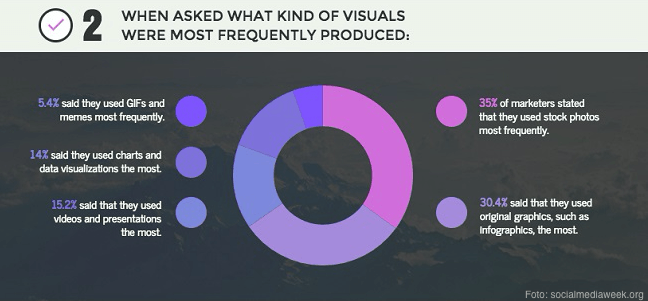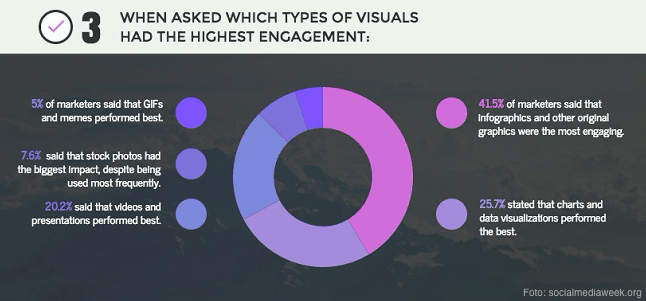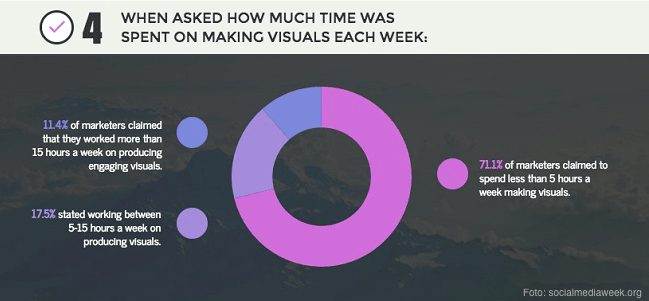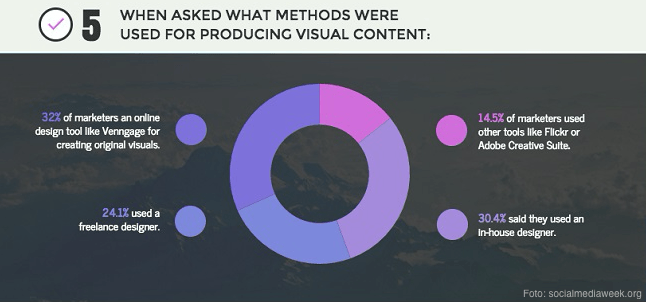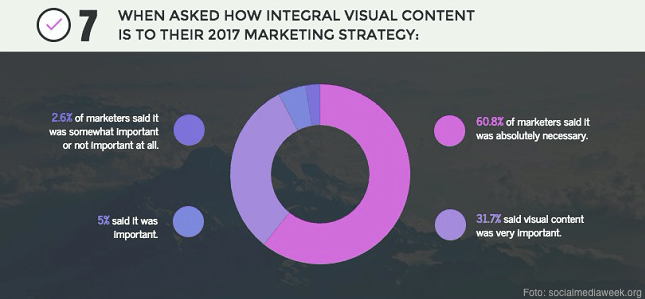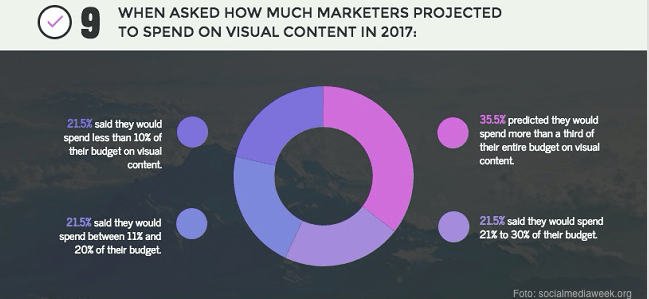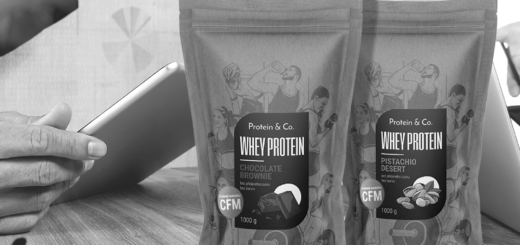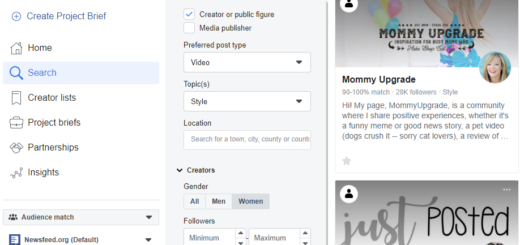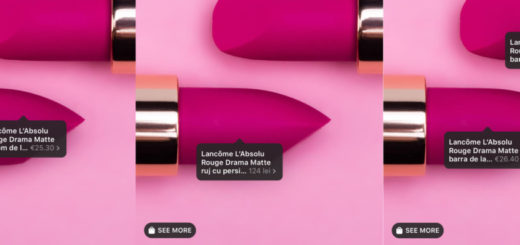
Digital marketers are now more often pushed into creating impressive visuals that represent their brand while having their target audience in mind. Users want visual content in regular posts, ad posts, and dynamic ads. In one word? Everywhere! According to a HubSpot survey, the content with the relevant images gets 94% more views than non-relevant.
Additionally, images and photos are 40 times more likely to be shared by users than any other type of content. Nearly 53% of marketers also admitted that 91% to 100% of their published content contains visuals. More than 90% of them use pictures and photos in at least half of their posts.
As for the kind of visual content, the most used ones are, surprisingly, stock photos. Original creatives, most often infographics, are also used. Videos and presentations follow in a short “distance”.
Largest engagement seems to go hand in hand with infographics and original creatives, data and video visualizations, and, also, presentations. Photos and GIFs seem to have less impact on creating high engagement, according to the experience of marketers, although they are used most often.
Regarding the time spent on making visuals each week, the vast majority of marketers admitted spending less than 5 hours a week.
When it comes to the methods used to create visuals, it seems that having in-house designers and using design tools to create original content, is very popular among marketers.
Creating engaging visuals has its own challenges that marketers need to overcome. The most mentioned struggle is the inability to produce eye-catching visuals, reaching a wider audience and not finding reliable and interesting data.
Despite the above, marketers have acknowledged the necessity of integrating visual content into their marketing strategy.
Another interesting piece of data seems to be the fact that almost 36% of the companies will be spending more than a third of their budget on visual content.
The above stats show that there’s a continuous growth of visual content in social media. How are you using visual content in your marketing strategy?

